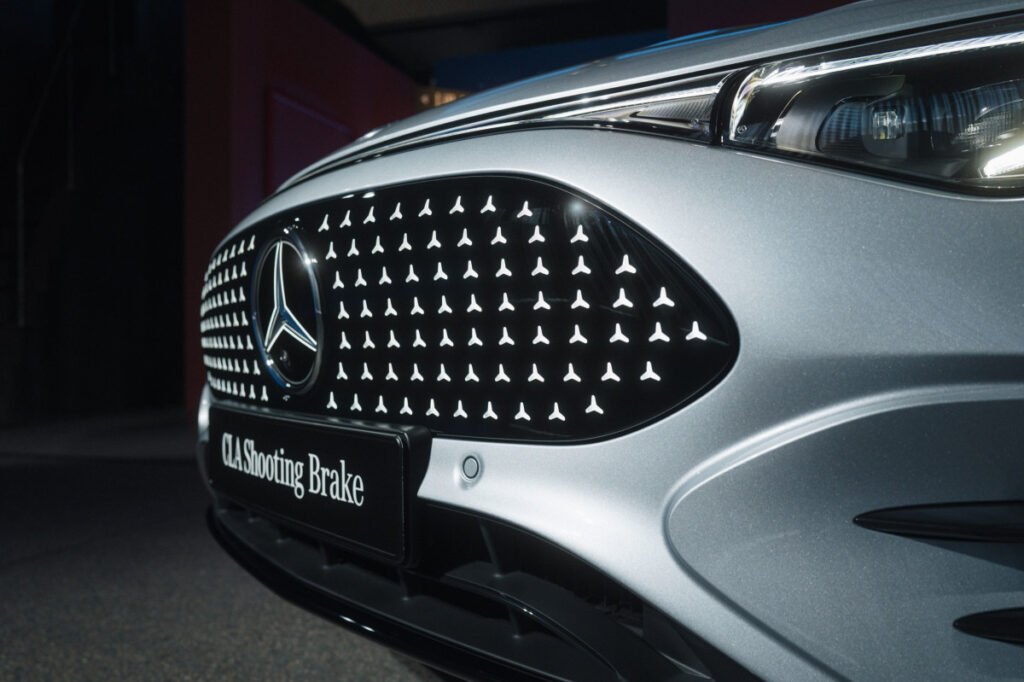
The Race for Luxury Market Dominance in America
Luxury car brands in the US operate in a constant shuffle for the top position, and BMW is the one holding the lead as of the first half of 2025. Mercedes sits close behind, but the gap is enough to remind Stuttgart that gaining ground will take more than a few well-timed model launches. The company understands the work involved, and Mercedes is already setting the tone with its retailers, according to Automotive News.
During a closed-door meeting in Las Vegas, Mercedes-Benz USA laid out how it plans to tighten the chase. The message was simple enough: the brand wants to return to the top, and it wants to do it with a product push strong enough to reshape its lineup over the next few years.
Mercedes-Benz
Inside Mercedes’ Plan as Told to Dealers
According to the dealers, CEO Adam Chamberlain detailed a roadmap built around new metal, updated staples, and a shift in product mix. A future CLA is part of the plan, along with an electric GLC and a compact model positioned as a “baby” G-Class. There is also talk of a performance sedan with four figures of horsepower, showing that the go-fast side of the brand isn’t being left behind.
Mercedes also previewed updates to the GLE and GLS, both of which play key roles in its US volume. The company expects SUVs like these – and the brand-spanking-new GLC – to make up more than half of its local sales before the decade wraps up. That shift matters because the brand sees these models as leverage for growth.
The goal is to reach around 400,000 annual sales in the US (excluding fleet). It’s a sizable jump from where Mercedes stands today, but the company believes a consistent rollout of new products gets it closer.

The Current Standings
As of the first half of 2025, BMW moved 178,499 vehicles in the US premium segment. By comparison, Mercedes sold approximately 142,000 units, down about 6% year-on-year, and Audi came in at 81,951 vehicles, a decline of about 12%. These sales figures place BMW comfortably ahead, with Mercedes trailing by roughly 36,000 units in the first half.
Mercedes hasn’t led the US luxury market since 2018. The roadmap it shared with dealers now serves as its blueprint to close that gap. If the product launches land, the next few years in the segment could get a bit more interesting.

